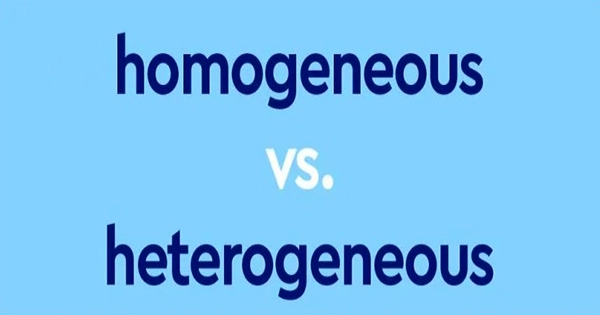A team’s composition, including the diversity of its members’ cultures and personalities, can make or break the success and effectiveness of the group. A homogenous team would consist of individuals as similar as feasible in terms of their worldviews, cognitive capacities, and life experiences. Teams with diverse races, genders, ethnicities, and ages offer a larger range of perspectives and life experiences. It is not unexpected, given the enormous number of research and factors to consider, that studies in education, psychology, sociology, and business find opposing conclusions regarding whether homogeneous or diversified team makeup produces greater results.
Benefits of Homogenous Teams
Teams with homogeneous membership—those with members of the same race, gender, social background, and age—often allow for greater member engagement and access because exclusion is less likely. A homogeneous team will have more shared experiences among its members and will be better able to understand each other’s verbal and nonverbal cues. Although this is not always the case, as personality conflicts can emerge within homogenous teams as easily as they can among heterogeneous teams, the similarities can, to some extent, minimize misunderstandings, and prejudices, and, perhaps, speed up work processes and the completion of tasks.
Homogeneous Team Disadvantages
Numerous studies, such as one on the “Cognitive Effects of Racial Diversity” published in the “Journal of Experimental Social Psychology,” demonstrate how the homogeneity of a group inhibits creativity and information processing. It is exceedingly challenging to create homogeneous teams without making minorities—whether racial or gender—feel excluded.
Heterogeneous Team Benefits
A group’s dynamic can be strengthened by having a diversity of cultures, skills, and experiences. In positions like a leader, inventor, communicator, and peacekeeper, people can be “experts.” Roles may be assigned upon group formation or may grow organically. According to certain research, teams with diverse members exhibit higher creativity and information processing levels.
Heterogeneous team Disadvantages
Members of varied learning styles and ability groups may find it challenging to communicate and comprehend the thoughts and information of their fellow group members. Any kind of minority, whether it be a specific gender, race, or age group, can cause feelings of loneliness, which might lower one’s self-esteem or stand within the group. Members who learn at various rates and in different ways risk being left behind if the group’s chosen communication methods only work for the majority of the members, not everyone.
considerations
The suitability of homogenizing groups is highly dependent on the team’s goal. High-IQ people should be grouped together for a team that is meant to foster cutting-edge developments, but a team would also benefit from a range of cultures and life experiences. Both homogeneous and heterogeneous teams can benefit from having strategies for communication and working processes in place early on in the team’s development.
















